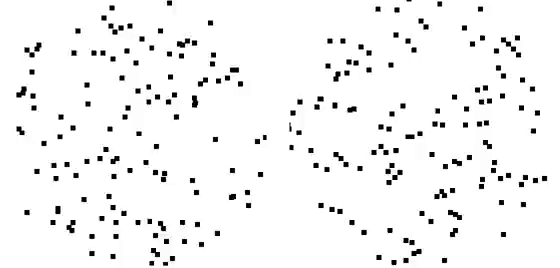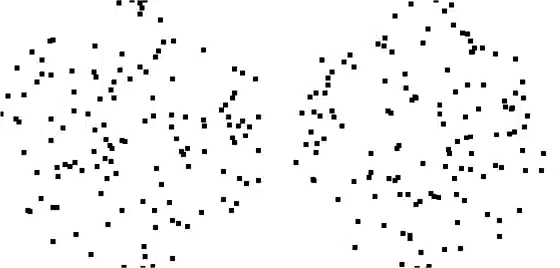Infant Behavior and Development, 28 in press
Anisotropic motion coherence sensitivities to expansion/contraction motion in early infancy.
*,#Shirai N. ** Kanazawa S. & * Yamaguchi M.K.
* Department of psychology, Chuo University, Tokyo, JAPAN
** Department of psychology, Shukutoku University, Chiba, JAPAN
# Japan Society for the Promotion of Science
|
Abstract We investigated 2- and 3-month-oldsf motion coherence sensitivities to radial expansion/contraction by using the preferential looking method. The infants were tested with a stimulus composed of two dynamic random dot patterns placed side by side: an expansion (or a contraction) pattern and a random directional pattern. The results showed that the 3-month-old infants tested with both a contraction and random directional pattern could discriminate between those two motions significantly, even when the contraction motion coherence was relatively low (50%). On the other hand, the 3-month-old infants who were tested with both expansion and random directional pattern could not discriminate between those two motions. None of the 2-month-old infants showed significant discrimination between the expansion/contraction and random motion patterns. Results of the present study suggest that anisotropic motion coherence sensitivities to radial expansion/contraction emerge at around 3 months of age. Keywords: Expansion/contraction; Anisotropy; Motion coherence |

|
--Both the 2- and 3-month-olds faild to discriminate between these two motions.

|
--The 3(but not 2)-month-olds could discriminate between these two motions significantly.